Votre panier est vide
Besoin d'inspiration ?
Rendez-vous dans le programme en ligne du GrandPalais
Article -

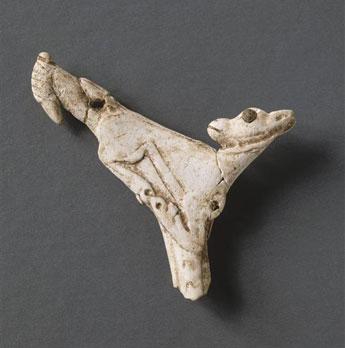
Prehistory began with the emergence of the first stone tools. These artefacts (manufactured objects) prove the capacity of some hominids to conceive of shapes and manufacture objects. The method of flaking used and the shapes they created enable us to assess their expertise and ingenuity. Archaeologists are specialists who research and study Prehistoric man’s materials and lifestyle. They have divided the Prehistoric era into three main periods: the Palaeolithic, the Mesolithic and the Neolithic.
The first tools Palaeolithic means "old stone". It is the first period in Prehistory, during which man invented his first stone tools. The stone used, for instance flint, was flaked. The oldest known tools date from around 2.7 million years ago. Homo habilis (skilled man) designed the first choppers and chopping tools. Then Homo ergaster and Homo erectus invented bifacial tools and the axe. They dressed and then shaped stone. Neanderthal man (from the name of a German site) began to dress flint. He broke off splinters which he reworked. Homo sapiens sapiens ((Cro-Magnon man, named after a site in the Dordogne, France) invented a wide range of tools and in particular used bone and reindeer antler. The first graves Neanderthal and Cro-Magnon man were unlike other hominids. They buried their dead and decorated them with jewellery and coloured pigments. Did they believe in an after-life? By doing this, they clearly demonstrated that they felt emotions about losing one another. The first images Another sign of consciousness is art. Homo sapiens sapiens who outlived the Neanderthals, would be the first to indulge in "artistic activity”. Around 35,000 years ago in Europe, he drew symbols on the walls of caves and produced the first figures (parietal art from the caves of Chauvet, Cosquer, Lascaux, etc.). He especially represented animals which existed in his environment. Then 27,000 years ago, he began sculpting female statuettes with opulent shapes which we call “Venuses”. By improving his tools and making them more specialist Homo sapiens sapiens engraved and sculpted many objects with a great deal of skill. As well as stone, dressed and shaped to cut, grind, hit, scrape and puncture, other materials were used such as bone and reindeer antler. They were transformed into discs, sticks, spears, spear throwers, needles for sewing hides, harpoons for fishing, tubes for throwing paint, flutes, etc. The Palaeolithic was a nomadic period. In quest of food to survive and raw materials for tools, man roamed about. In Europe, he lived in an often inhospitable and cold world in which mastery of fire certainly enabled him to survive.
During the Mesolithic, 12,000 years ago, the climate in Europe became milder. It rained a lot, the seas rose and the forests grew. Man adapted to the change. He was still nomadic and continued to hunt. He made microliths which he set into wooden or bone handles. He invented the bow and arrow. His tools were called "composite" as they used different materials. In Spain, rupestral art (painting on rock faces outside) shows scenes of hunting with bows.
In the Neolithic, which began 12,000 years ago in the Middle East and 8000 years ago in Europe, humans developed agriculture and domesticated animals. He became sedentary. This means he settled for long periods of time in places suitable for cultivating grain and breeding sheep or cows. He began building more durable houses and villages. He created the first pots which he baked on the fire. In Africa (Sahara), rupestral paintings have survived from this period. They adorn rock faces and show Neolithic pastoral scenes. In Europe, communities built the first megalithic monuments: menhirs, dolmens and cromlechs. These may have been designed to worship gods…
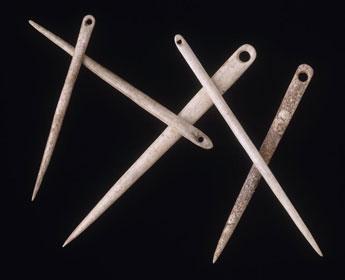
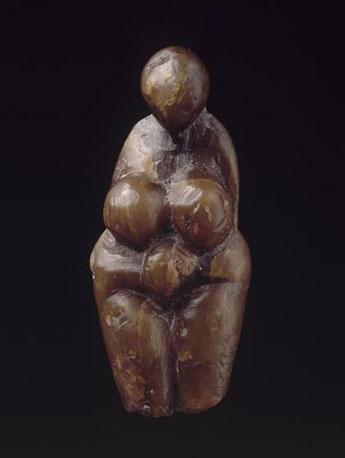
Votre panier est vide
Besoin d'inspiration ?
Rendez-vous dans le programme en ligne du GrandPalais
See content : Enjoy the Réséda Café at the Grand Palais
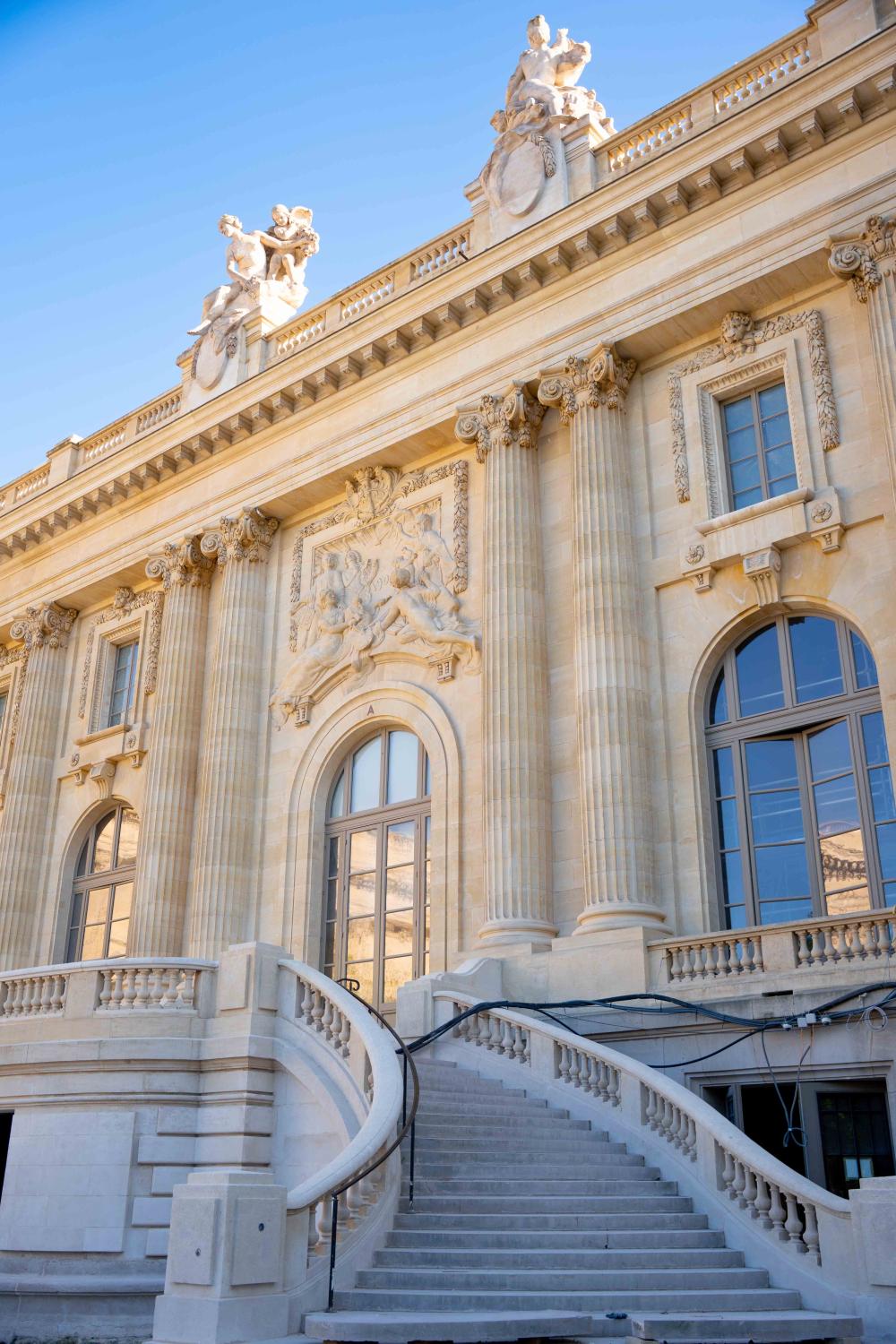
Article -
In the heart of Paris, the Grand Palais opens its doors to you all year round, with a varied program and new open-access areas. Between grandiose architecture, places to relax and gourmet breaks, feel free to visit at your own pace... with a stopover at the Réséda Café, signed by Michelin-starred chef Thierry Marx.
See content : Art at full throttle: Jean Tinguely's drawing machine at the Grand Palais
Article -
See content : Plan your family trip to the Grand Palais
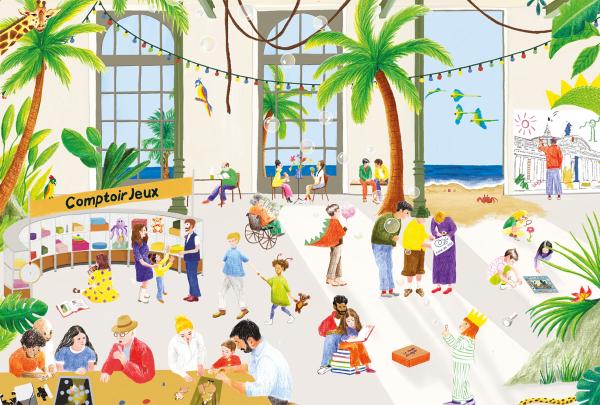
Article -
This autumn, there's no need to choose between art, games and discovery: the Grand Palais brings it all together in one place. So get your curious, dreamy, playful selves ready... and set a course for a great family vacation in the heart of Paris! Here's...